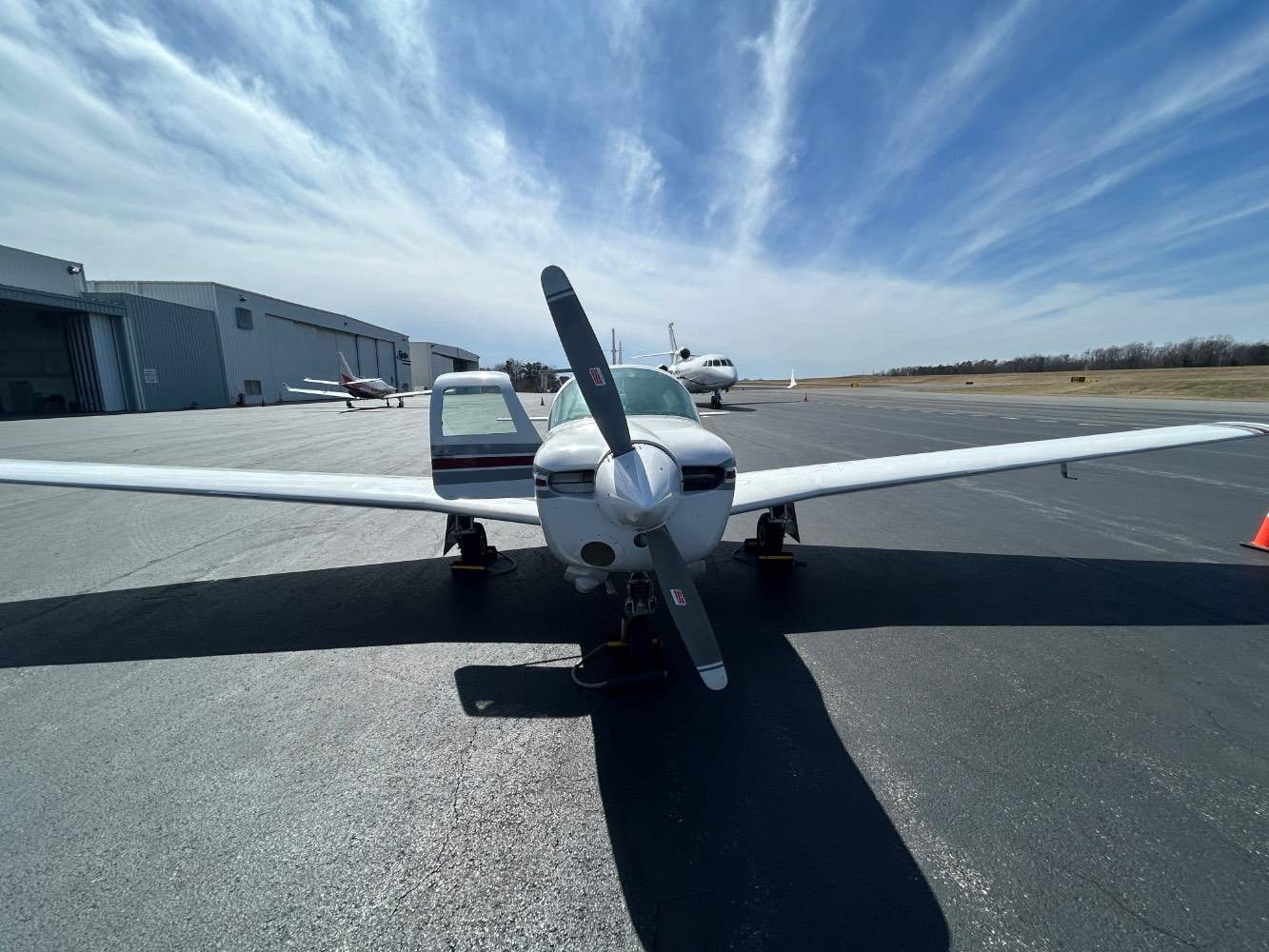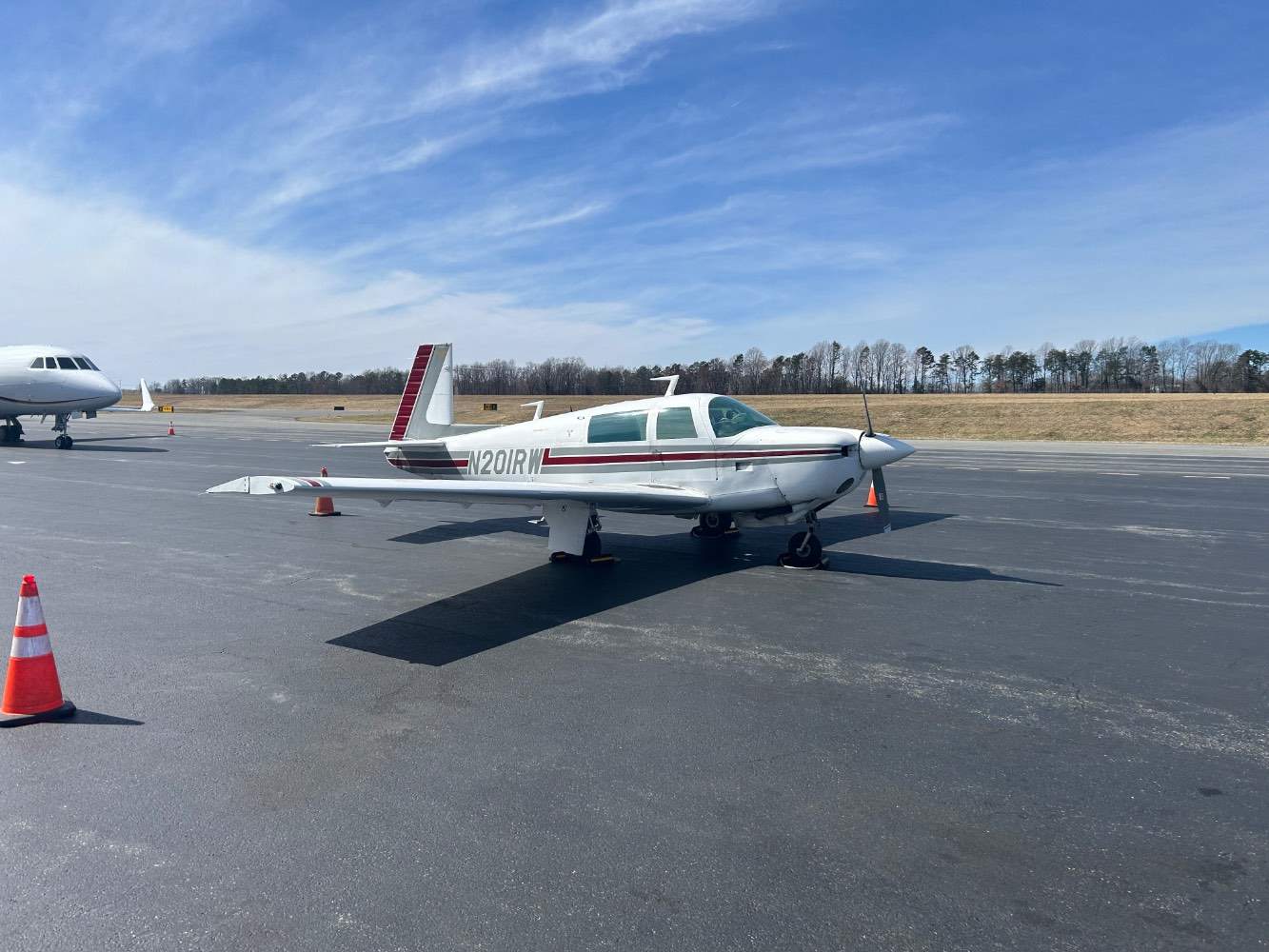-
Posts
123 -
Joined
-
Last visited
About Scottknoll
- Birthday 07/10/1984
Profile Information
-
Location
KPTW
-
Model
M20R
Recent Profile Visitors
3,285 profile views
Scottknoll's Achievements
-
Based on the AC, FAA now recommends two steps. Extinguisher to extinguish flames, so the fire doesn’t spread to other items in the airplane. Then liquid to cool the cells. I don’t think the fire extinguisher cools anything, halon just stops the chemical reaction of fire. I think the idea is to knock down the flames so you can get liquid on it to cool the batteries. A little easier in a large airliner than a Mooney. But those videos of battery fires are eye opening.
-
I figured instead of guessing, I’d go look up what the FAA says. Here’s the FAA AC on inflight fires. I was wrong about the extinguisher. Sounds like the extinguisher is to remove the flames so they don’t catch anything else on fire. Then liquid to cool the device. Here’s an FAA training video on the subject. Warning, if you watch this, you might go back to paper charts! lol
-
Scottknoll started following Cabin Door seal , Fire in cockpit with ipad , Air conditioning and 7 others
-
For what it’s worth, we do carry those PED bags at work. But most of us are not optimistic about picking up a flaming object and getting it into the bag. The firebane is impressive stuff. Also, the training we’ve received from Aircare (Link below) suggested not using a fire extinguisher. The flames will just keep coming back, so the suggestion was to pour water on it. The water cools the cells below the temperature required to allow the heat to propagate to nearby cells. At least that’s the theory. https://www.aircareinternational.com/pilot-training-programs?_gl=1*119cke7*_up*MQ..*_gs*MQ..&gbraid=0AAAAApIJMo_2SiiAKMBhA7-ktql0xC1KN
-
That looks great! I’ve already been in touch with them. Any tips on the install? Did you put a louvered panel in for tailcone exhaust? Is it easy to put the unit through the baggage door?
-
I think it’s 59 knots clean. Based on an another thread elsewhere it sounds like the announcement may have been misinterpreted as 59 knots dirty. Ovation AFM shows 66 knot stall in the clean configuration at max weight. I’m sure some Mooneys qualify, but I don’t think mine does. This is an excerpt from the final rule… 717 pages long.
-
Directly from the FAA: https://drs.faa.gov/browse/excelExternalWindow/6EA0F05ECCA8304486258305006833CF.0001 The TCDS is for ALL M20 aircraft (Type Certificate 2A3), so you’ll have to scroll down to the J model. FAA moved all their stuff to DRS: https://drs.faa.gov/browse Airworthiness Directives, etc.
-
I thought the question was about the starter? That document is the FAA TCDS (Type certificate data sheet). It lists the original prestoline/prestolite starter as Flight Station (F.S.) -23.0
-
I agree, a new CFI was needed. Very glad you found one quickly. The PIC is responsible to determine airworthiness (conforms to type certificate and is in safe condition for flight). It might be his “opinion” that the aircraft is unairworthy, but your old CFI definitely cannot “Ground” an aircraft. Anyone who can legally be PIC can determine the aircraft to be airworthy. Remove and replace faulty CFI, problem solved. I’m guessing your old CFI and thinks an A&P must perform ALL maintenance. 43.3 (g) You must own or operate the aircraft to perform preventive maintenance (can’t do it to your buddies plane) 43.7(f) you must hold at least a private pilot certificate to return the aircraft to service following said preventative maintenance. That said, fuel cap o-rings are about the simplest thing you can do and you crossed one problem of the list.
-
Yes, I’d love to see this. I had an actual aircraft appraiser create a report for an avionics upgrade. That was 3 years ago and it came in at 408k. Info used for 2022 appraisal: 1998 M20R 29-0135 AFTT 2600 Engine 300 Factory Reman Prop 70 Since New 310HP TKS FIKI G500Txi (10”PFD & 7”MFD) GTN750Xi GTN650Xi GI275 EIS GI275 SBY ADI GFC500 w/YD PMA 450b GTX345 All LED exterior lights except beacon LED glare shield lights w/new dimmers Artex 406ELT Oxygen System USB(3)/Lemo plugs(4) Recent Weep-no-more reseal Painted 2012
-
Thanks for putting the effort into this. Wasn’t expecting much from the AI after seeing the disappointing 2025 Mooney M20 video The analysis was actually pretty good. Would be interesting to know total fleet (ovation) hours for accident rate, but I’m not sure there’s an easy way to do it accurately.
-
Mine does have the fuselage static drain. 1998 29-0135 You should be able to open the battery access panel and see the static lines from the left and right side of the fuselage to see where they go and if they connect to a drain.
-
Still available, owner is open to accepting offers ($110,000 OBO)
-
Just to pass along some information. The entire door apparently needs removed from the airplane to properly install this Mooney door seal kit. Not sure if it is due to the type of glue required (low viscosity?), but my A&P and I determined it was not worth the effort. Seal seemed quality and I’m sure would work very well if properly installed. I have a set (Cabin & Baggage) for sale if anyone wants to make an offer.
-
Hangar neighbor is considering selling his 1977 J model. Hangared at PTW, most of the recent annuals have been done at Air-Mods MSC in NJ. Past 7 years it’s been flown for work travel, mostly day trips ~100-150 hours annually. Listing here for him before it goes to the major websites. AFTT= 5620 Eng SMOH = 1346 Prop SMOH= 1772 AD list attached, full logs available. KMA 20 Audio Panel (2) KX155 NavCom Garmin GTX345 ADS-B in and out WX-900 Stormscope Autopilot Century IIB single axis (Heading Bug) 6 disc CD changer! 2024 AD List - N201RW.pdf
-
I used the black max for about 4 years. I sent it back for service 3-4 times. Only way I knew it wasn’t working was occasionally a humidity sensor. I ended up buying a drybot about 9 months ago. The tube to insert dry air works a lot better. It is a 5/8 OD silicone tube, it slides right into the oil filler port below the tap off for the breather line. I can hear the oil gurgle and know it is pushing air past the oil into the crankcase. That was never the case with the Blackmax. The drybot monitors its function and output. It is desiccant based and dries it as necessary. It’s not cheap but seems much more robust than the black max. If making your own or using the Blackmax I’d recommend using 5/8 OD tubing for connecting to the engine. It makes a nice airtight fit down inside the filler port, past the breather tube. No worries of foam falling off. There’s also an orange dust cap that fits on top of the oil filler port, the tube passes through this dust cap. Their website has pictures. Only downside is I think it pushes oil up out of the oil pan and into the case itself. So when taking the drybot out, roughly a quart shows up about 15-20 min later. Oil reading seems about a quart low until this happens. The IO550 also hides a quart through the rest of the engine if it’s been flown recently. So it can show up to two quarts low until it all drains back into the pan. I have a spare Blackmax if anyone wants to make an offer…













